Much of the last ten years in Hollywood can be summarized as the victory of data over common sense. It often seems like the more data the industry collects, and it is collecting more than ever thanks to the streamers and their algorithms, the less we actually seem to know.
Case in point… I remember being shocked when I read this article in Variety which quoted a UCLA study that suggested young people don’t want romantic relationships or sex in the movies and TV shows they watch. I posted the article on X asking “do we believe this?” and the most insightful response I got came from a mutual who said “I believe that’s how they’ve been taught to answer.”
I think that’s right. Given the prevailing culture these days, young people are fully aware that there is only one safe answer when someone sticks a survey in your face and asks if you are interested in watching movies featuring sex scenes… “absolutely not… how dare you!?”
But does this survey tell us what young people actually believe? What they actually want from the movies they consume? I’m not so sure. To answer that question scientifically, let’s start with two data points… Glen Powell and Sydney Sweeney.
These are two of the hottest young stars on the planet as we sit here on the cusp of Halloween in 2024. Why? In large part because they made a surprise hit romantic comedy last year called “Anyone But You”, a movie in which both stars strip down to their bare essentials, look fantastic, and fall in love… dear God! Arm the fainting couches and man the safe spaces!
As a movie star, Glen Powell is a physical specimen, unlike say Timothee Chalamet who looks like he might blow over in a stiff wind. And in a world of female superheroes who wear thick formless leather costumes that zip all the way up to their eyeballs, Sydney Sweeney’s embrace of her femininity, including her curves, makes her an appealing and refreshing throwback.
Oh, and they’re also talented actors who have the ability to connect with an audience and deliver an emotional payoff to theatergoers sitting in the dark watching their romance unfold… which is what movies are ultimately all about.
And this is really the key to the whole operation. I’ve written before in these pages about how the Magic Hollywood Engine that used to create movie stars by the bushell has broken down. Given that men and women out together on dates have always been the primary audience for the product Hollywood produces, it should be no surprise that great romantic movies have always been one of the best ways to fuel that magical movie star engine and to make it go.
To the extent that Hollywood has spent the last decade trying to deliver what younger audiences say they want, less romance, no sex, more platonic friendship, it’s fair to ask then if we might have discovered at least part of the reason why the star system is broken.
See, great cinematic love stories create, build and sustain movie star careers… they always have.
Maverick and Charlie (Top Gun), Rick and Ilsa (Casablanca), Crash Davis and Annie (Bull Durham), Jack and Tess (Working Girl), Edward and Vivian (Pretty Woman), Harry and Sally (When Harry Met Sally), Jack and Rose (Titanic), Ren and Ariel (Footloose), Jake and Samantha (Sixteen Candles), Roger and Eve (North by Northwest), Allen and Madison (Splash!)… we could list a hundred more, maybe a thousand, but the point is that these romantic movies were all critical building blocks which helped turn the actors who inhabited these roles into giant movie stars who, in turn, made those films into emotional touchstones which audiences keep coming back to again-and-again.
How about a third data point? Glen Powell was in another big movie this year… the sequel to the 1996 special effects extravaganza “Twister.” But “Twisters”, despite being a movie that was well-liked by audiences (91% audience score on Rotten Tomatoes), did not do as well at the box office as the original film ($370 million worldwide as opposed to $495 million).
I want to propose a reason for that… a “hot take”, if you will.
What is “Twister” about?
Careful… this is a trick question and the obvious answer is not the correct one.
Movies are never about things… they are about characters. More specifically, movies are about the emotional journey the characters go through, and when done well, an audience is carried on that journey right alongside the characters. While the tornadoes that Bill and Jo (Paxton and Hunt) faced in 1996 may have been exciting, Twister was not actually about Twisters. And it wasn’t about successfully getting “Dorothy”, the advanced weather measuring machine, to fly inside an F5 tornado, either. These are McGuffins, and the reason why we use the generic term McGuffin to describe the things movie heroes want, or are trying to get (or do), is because structurally they don’t really matter and so it doesn’t matter what you call them.
What “Twister” is actually about is Bill and Jo rediscovering each other and falling back in love.
Which is why the final shot of the movie is not “Dorothy” lifting off into the sky and delivering her data, but rather Bill and Jo lying in the debris of a destroyed farm house and kissing each other again, for the first time… finally resolving the romantic tension that had been building for two hours.
Contrast this ending with the one the filmmakers decided on for “Twisters” and I think we can begin to see one reason why the sequel didn’t quite match the box office enthusiasm of the original.
Just as with Bill and Jo, Tyler and Katie (Powell and Daisy Edgar Jones) have fantastic romantic chemistry which builds throughout the two hour running time to the point where when we finally reach the um… the climax… as it were… a big ole screen-busting kiss seems all but inevitable.
But alas, it was not to be.
Powell does indeed realize that he’s letting a great girl get away and runs through the airport to find her, in a scene that is evocative of another iconic romantic sequence from the Tom Cruise blockbuster “Jerry Maguire.” But in the end Powell doesn’t kiss her, but rather he proposes that they… start a business together.
The look on Jones’ face as Powell makes a very different proposal from the one she, and the audience, were expecting, seems to suggest that “this meeting could have been an email.” The problem is that business partnerships are transactional, not emotional… they are the McGuffin, not the character payoff. And they simply do not work as an emotional climax to a blockbuster movie featuring two appealing young characters who are clearly falling in love.
It turns out, though, that they did indeed shoot that elusive kiss, but then cut it from the final version of the movie because the filmmakers didn’t want Daisy Edgar Jones’ brilliant scientist character to be defined by her relationship with a man.
Or, as Daisy Edgar Jones herself put it…
"It felt nice and refreshing to not have to end up on that beat because what you're ending it on is two individuals who are so equal in their love and interest and intelligence and understanding of weather.”
How romantic…
Look, I’m not going to claim that this is the only reason “Twister” made $495 million at the box office while “Twisters” topped out at $370, but it’s a question worth asking. Did audiences walk out of the first movie feeling emotionally satisfied in a way that the sequel’s audience did not? It’s certainly possible. And if I were the studio and I thought that $130 millon worth of profit might depend on the answer, I’d certainly want to know.
The Success of “Anyone But You” should have been a powerful market signal that Hollywood might be getting it badly wrong on romance and sex… that this generation of young people has not somehow managed to turn off millions of years of evolutionary instinct just because the current culture has decided that onscreen sex is “icky” and exploitative.
On the contrary, I think most people, younger movie goers included, would say that being a part of a healthy passionate relationship is a good thing and that finding one should be the central goal of our lives.
To that point, after I saw “Twisters”, I had a conversation with a female colleague in her 20’s about how much we both enjoyed the movie and she surprised me by saying that she was disappointed Glen and Daisy didn’t kiss at the end. I asked if she thought a kiss would have gotten in the way of the movie’s celebration of Daisy’s professional success and my young friend enthusiastically exclaimed, “but we want both!”
We want both…
Yes, we do.
Hollywood would do well to remember that, and all the contrary data in the world be dammed.
If you enjoyed this essay and would like to support the work we do here at The Continental Congress, please consider becoming a paid subscriber. You can also buy a copy of Michael Walsh’s collection of essays “Against the Corporate Media” to which George contributed an essay on the weaponization of movie reviews. Thank you, so much, for your time and your patronage!

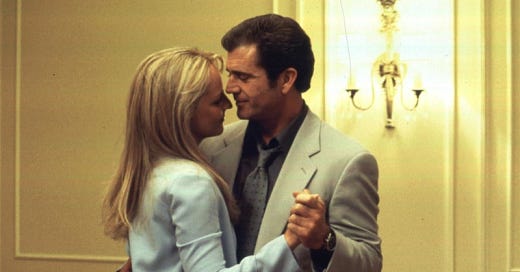



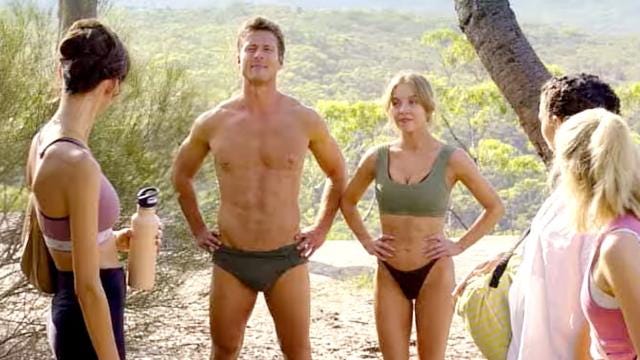
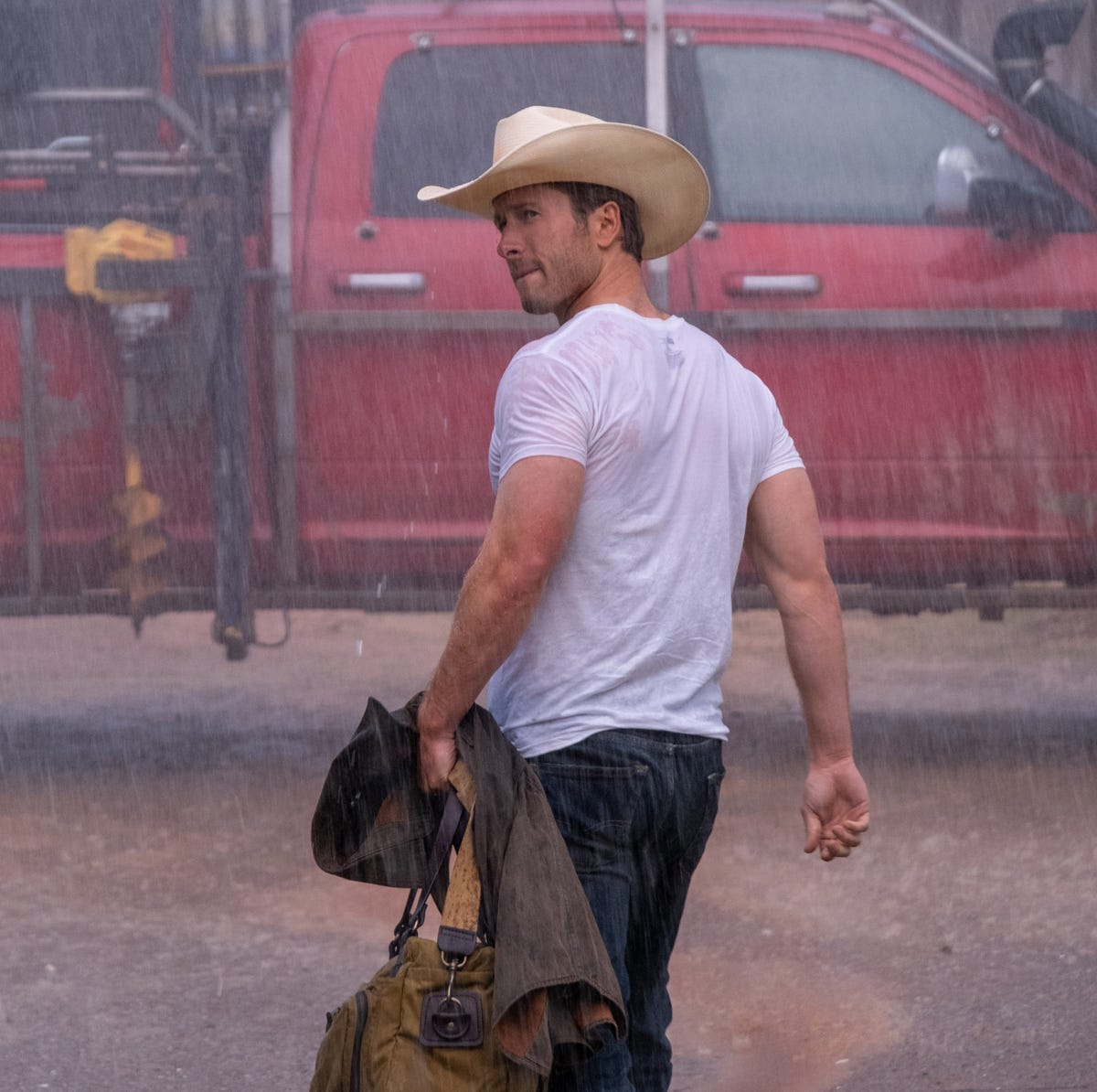
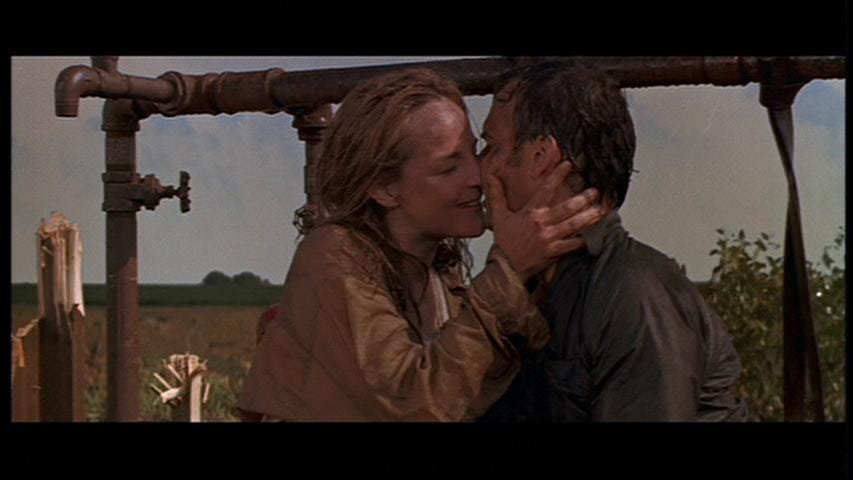

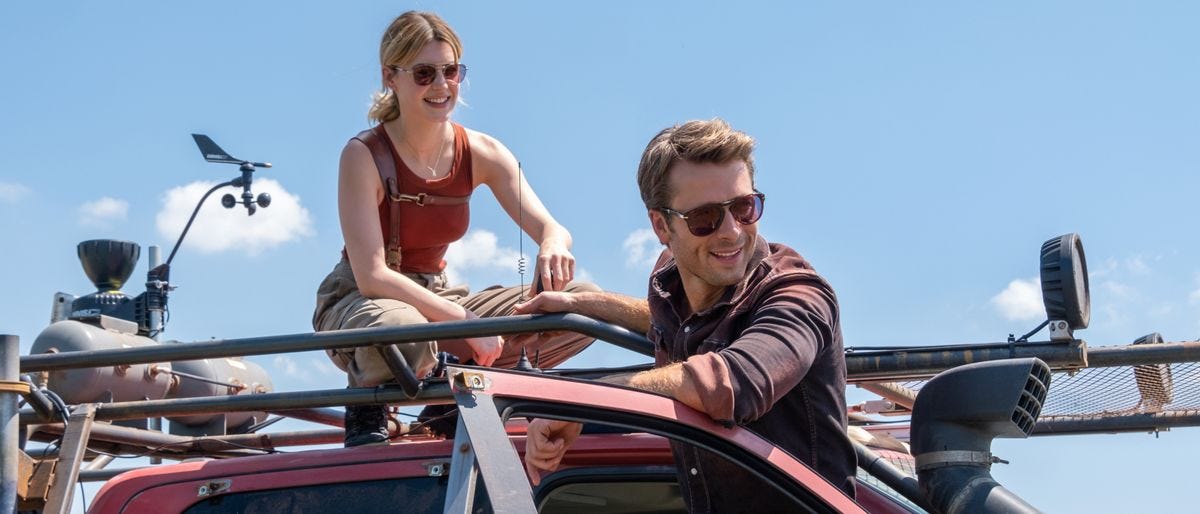
Well, Hollywood is currently stupid, and run by beancounters of one type or another. Not just dollars, but bean counting DEI participants, etc.
And god knows I spent a lot of time in 30 years of teaching stats that "Data is *reflection* of Reality, not Reality." It can be as distorted as any reflection. And "Data gives you a place to stand and consider, not a method of making decisions." Too few ever get that.
Your Excellency makes a great point about movie stars. As a boy growing up in North Hollywood, my mother (from Chicago) would trek the family to Hollywood and Growman's Chinese theatre to see the stars prints in cement. And to the wax museum. I still enjoy the footprints. She had to see the "stars" one way or the other.
Just like Peter O'Toole's character in "My Favorite Year" when he is afraid of a live audience, "I'm not an actor, I'm a movie star." Who can we call a star today? My wife and I ponder that often.